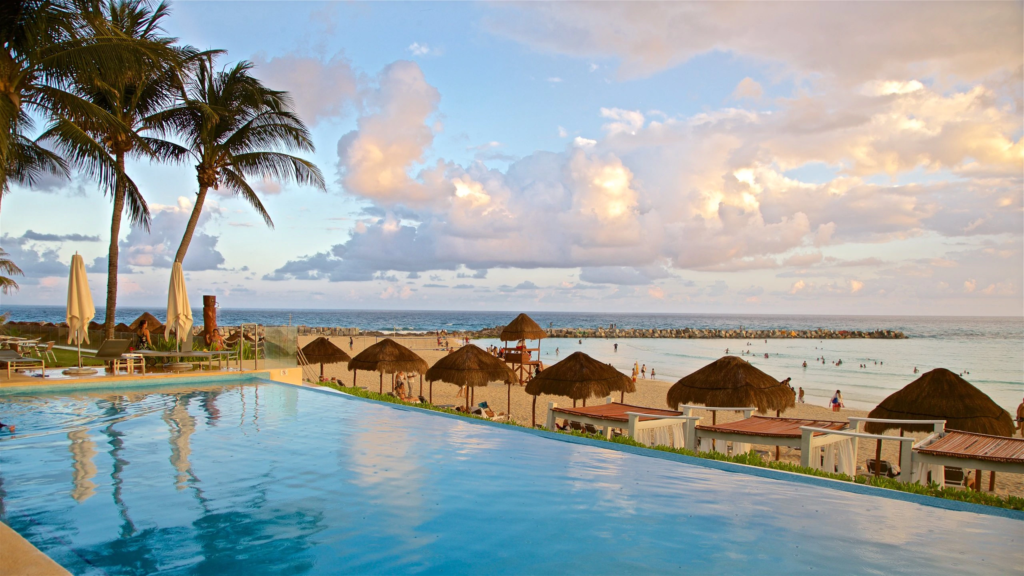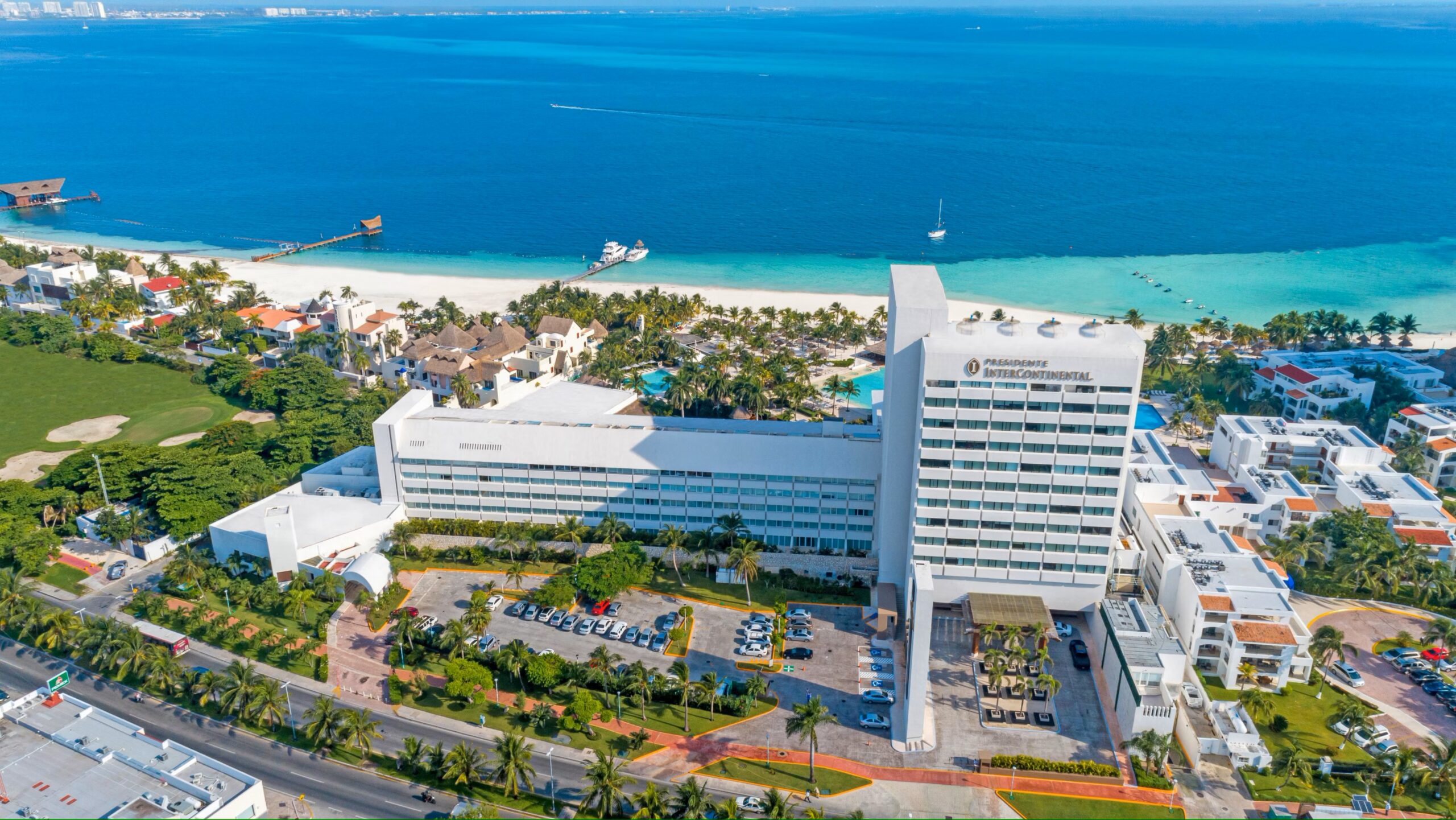- Judith Akatugba
- 0 Comments
- 799 Views
Sunseekers head south to Cancún’s immaculate white-sand beaches, crystal ocean waters, and vibrant metropolitan scene when the weather turns chilly in the United States. Winter is a popular time to visit some of Mexico’s best beaches because of the warm weather, but it’s also the busiest and most expensive time of year on the Caribbean coast, when visitors trade in snow for sand and hot chocolate for cocktails.
Read Also: How to Make Cheesy Nachos with Homemade Tortilla Chips
The seasonality of Cancún’s tourism usually falls into three main categories:
• Shoulder seasons: mid-April through May and mid-October through November;
• Low season: June to mid-October;
• High season: December to mid-April.
Go to Cancún in the summer or fall to avoid the crowds and enjoy great hotel deals. Although there will occasionally be rain and high humidity, the cost will be reduced. Sargassum seaweed, spring break partygoers, and hurricanes are a few more things to watch out for when visiting the Yucatán coast.
All the information you require regarding the ideal dates to visit Cancún is provided here.

Best Time to Visit Cancún for Smaller Crowds

The busiest months in Cancún are winter and spring break (December to mid-April), making summer and fall the least busy times to go. Due in major part to hurricane season, there is a larger likelihood of rain from June through November, which tends to discourage people during that time. The area receives as much or perhaps more rain in September, the wettest month, than Seattle receives in December.
In spite of the weather, a summer or fall visit to Cancún is a fantastic chance to get a local’s perspective on this normally tourist-heavy destination. Even though there won’t be many other tourists sharing the town’s dance floors, you’ll undoubtedly be able to take advantage of cheaper accommodation rates and better seating at less crowded eateries. You can enjoy the best of both worlds if you wait for the short window of time in October and November when pleasant weather and sparse crowds coincide.
Best Time to Visit Cancún for Good Weather

Traveling to Cancún in the height of summer may be your best bet if your main goal is to relax on the beach under a clear sky. Wintertime temperatures typically range from 65 to 85 degrees Fahrenheit, with January being the coldest month. These temperatures typically occur from December through April. March is the driest and clearest month of the year, and winter is also the season with the least quantity of rainfall. If you go in March, you might get pleasant, balmy days (75 to 85 degrees), perfect for relaxing on the beach, but you might also have to contend with throngs of spring breakers.
Cancún gets quite hot and muggy around Cinco de Mayo, with daily highs in the upper 80s or 90s into September. You will also avoid Mexico’s hurricane season, which runs from June to November, if you travel there in the winter. Even if these storms don’t always make landfall on the Yucatán Peninsula, Cancún may nevertheless experience several days of cloudy, wet weather.
Best Times to Visit Cancún for Lower Prices

The cheapest periods to visit Cancún are right after spring break and throughout the summer and fall, if you don’t mind the humidity and the occasional remnant rainy weather from hurricane season. Although the shoulder and low seasons may not be the best for tanning, there is one upside: because demand is lower, you can anticipate fewer guests and lower prices for lodging, dining, and other popular local activities.
Even if you’re visiting during the peak season, there are still ways to save costs on a trip to Cancún. One option is to book your flights and accommodations at least three months in advance or choose an all-inclusive package. The expense of a trip to Mexico can be considerably reduced by staying at resorts that are appropriate for families or adults only and offer meals, drinks, and activities as part of the package.
Worst Times to Visit Cancún
Depending on your want to join them, spring break revelers may or may not be a good thing. But be aware that March and occasionally April see a noticeable increase in crowds, costs, and activities like DJ sets, foam parties, and bikini competitions.
The seaweed is another drawback to going in the spring and summer. Cancún experiences two distinct seasons: the seaweed season, which starts in late February and lasts until October, and the hurricane season. Pollution and climate change are making the brown, floating, and infamously smelly sargassum seaweed that washes up on Cancún’s beaches an increasing concern. Even though the Mexican government uses aircraft to monitor large seaweed patches in an effort to prevent it from reaching landfall, some of it always ends up fouling the otherwise immaculate white sands. While city workers and hotel staff are usually fast to remove large patches of the awful muck, access to boats and swimming may occasionally be impacted during these months due to larger patches.
The high-season visitors may have been prudent to come in during the off-season after all, what with the hordes of party animals, the sporadic arrival of foul-smelling sargassum seaweed, and the heightened risk of hurricanes from spring through October.











